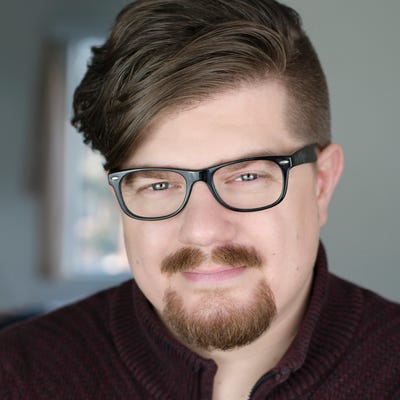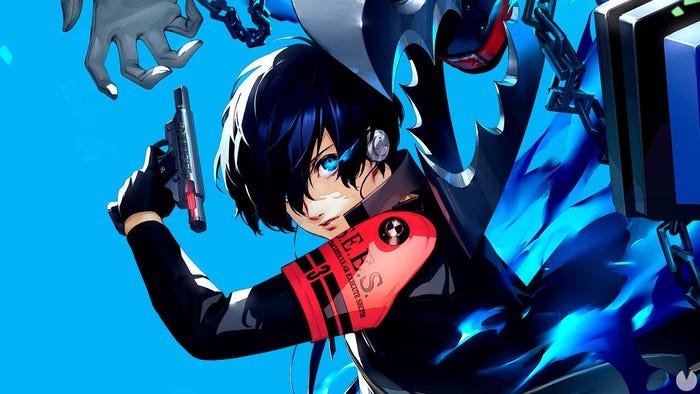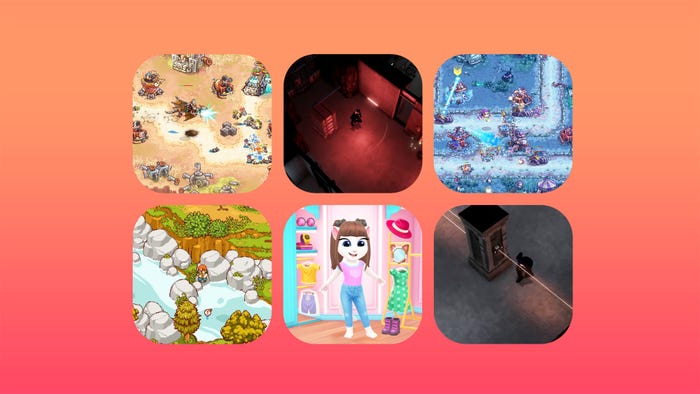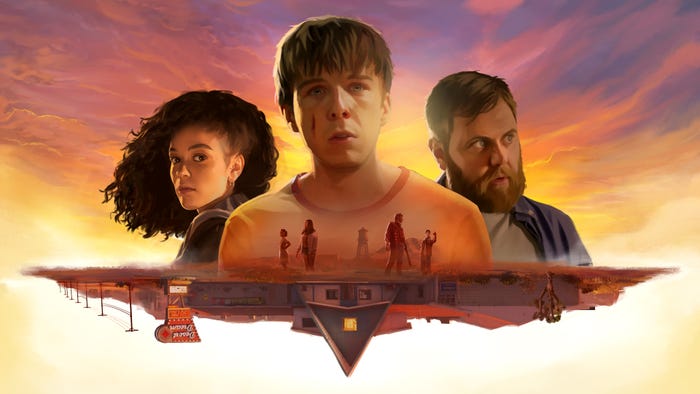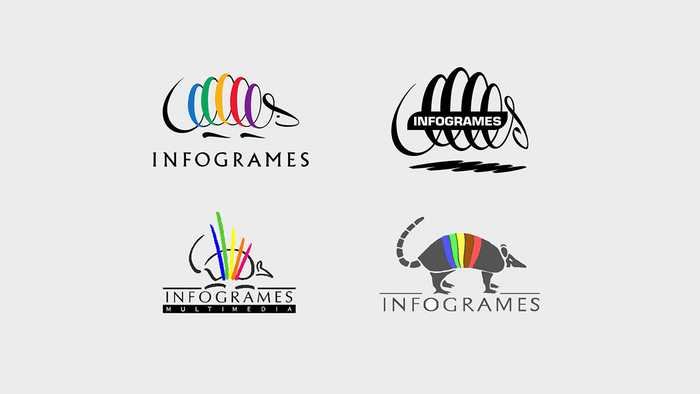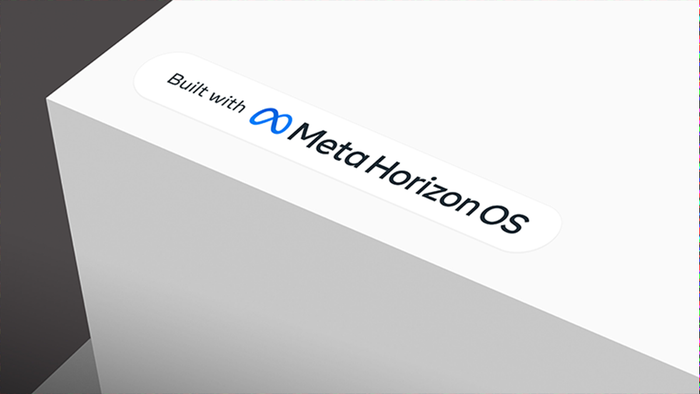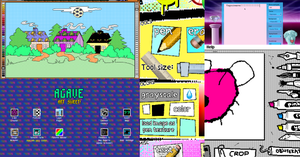The minds behind Torchlight have now released a game called Hob, so we brought them on our Twitch channel for a chat about the game's development.

In case you haven't heard, Hob is an action-adventure game in the vein of Zelda: A Link to the Past, but it drips-feeds you the story at a very slow rate, and encourages you to solve environmental puzzles with subtle lighting cues and camera direction.
That’s a tricky kind of game to make, since you’re sort of looking for an audience who wants to be confused, and you’re making gameplay for them that rewards scratching that itch of curiosity. Today on the Gamasutra Twitch channel, we quizzed Runic Games lead level designer (and Hob game director) Patrick Blank and marketing director Wonder Russell about the development of Hob and how they handled making and marketing a mysterious game.
You can see our full conversation up above (complete with some very good dogs!) but in case you’re exploring a mysterious world right now, here’s a few quick takeaways from our chat.
Hob’s path toward mystery wasn’t straightforward
As we talked with Blank and Russell, we quizzed them about how Hob came to be, and why Runic Games pivoted from creating Diablo-inspired grindfests to a slower, more thoughtful experience. It turns out that Hob’s design origins actually involved a lot more straightforward world building and level design. But over time, Blank and the Runic Games team saw more value in mystery and not scripting fixed sequences for players to easily solve, so levels were actually cut in order to focus on making the most out of the content that had already been created.
Pricing Hob to be worth “more than you paid for”
We had a minute to talk with Blank and Russell about why the game costs only $20 (which, for comparison, is the same price as the one-man-band Zelda-like Songbringer we played a few weeks ago). While $20 might be overpriced for some games, Blank and Russell discussed the fact that it’s slightly underpriced for the production values on display in Hob, and that part of the goal in selling this game was to make players feel like they were getting more for their money’s worth with that $20 investment.
Making Hob meant marketing to a new fanbase
Surprisingly enough, Russell told us that marketing Hob would mean Runic Games couldn’t dive back into the fanbase that had supported it through Torchlight and Torchlight II. The company quickly recognized those fans wouldn’t be as interested in a slower, less loot-focused game. So how did they figure out who their new fans would be? It turned out that trips to PAX, Gamescom, were a huge part of this effort, where they were able to figure out what game characters players were latching on to, and where they discovered a comparatively larger number of women were interested in Hob compared to the Torchlight games.
This, along with a Discord community and working with YouTubers, was one of the key ways that Runic was able to expand its fanbase and not just rely on its older one.
For more developer interviews, editor roundtables and gameplay commentary, be sure to follow the Gamasutra Twitch channel.
About the Author(s)
You May Also Like

